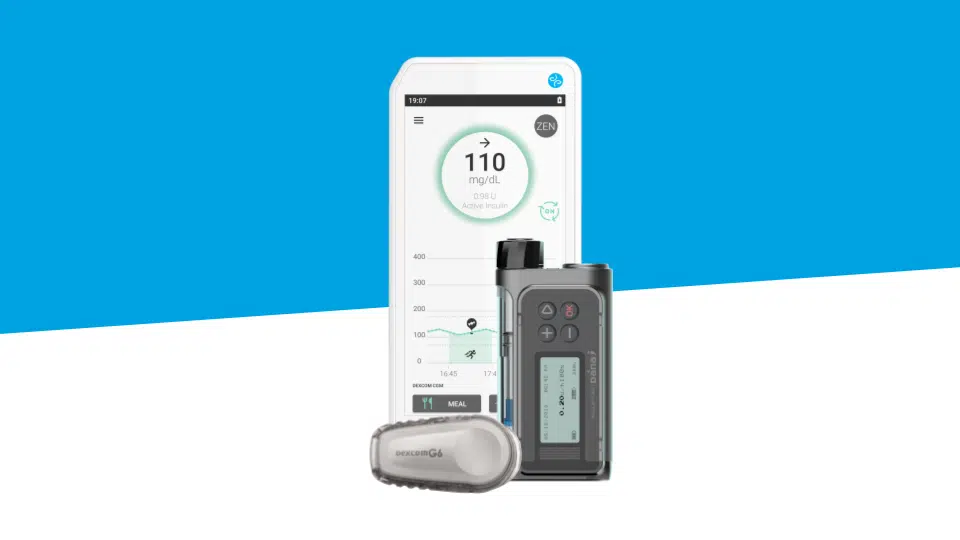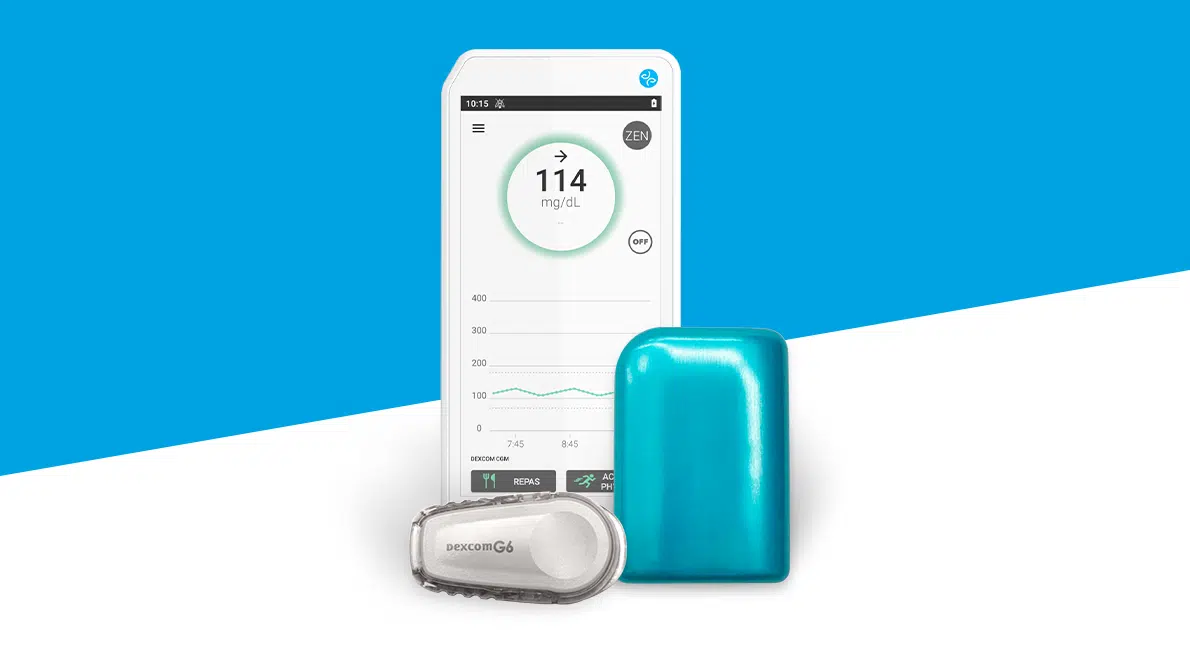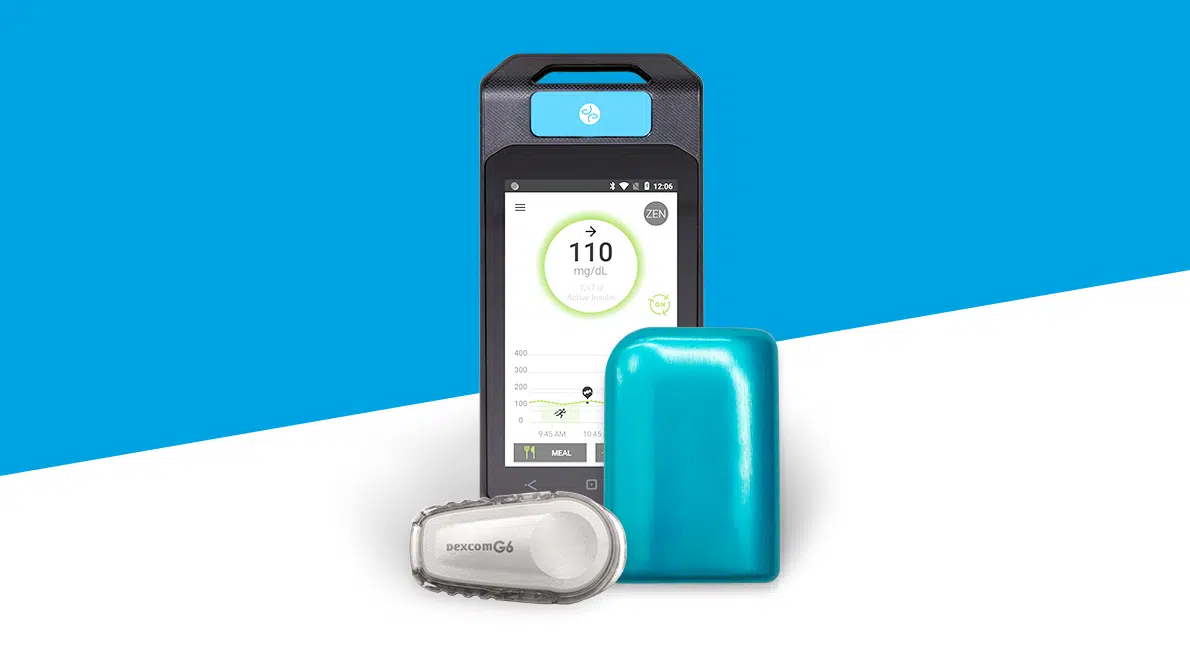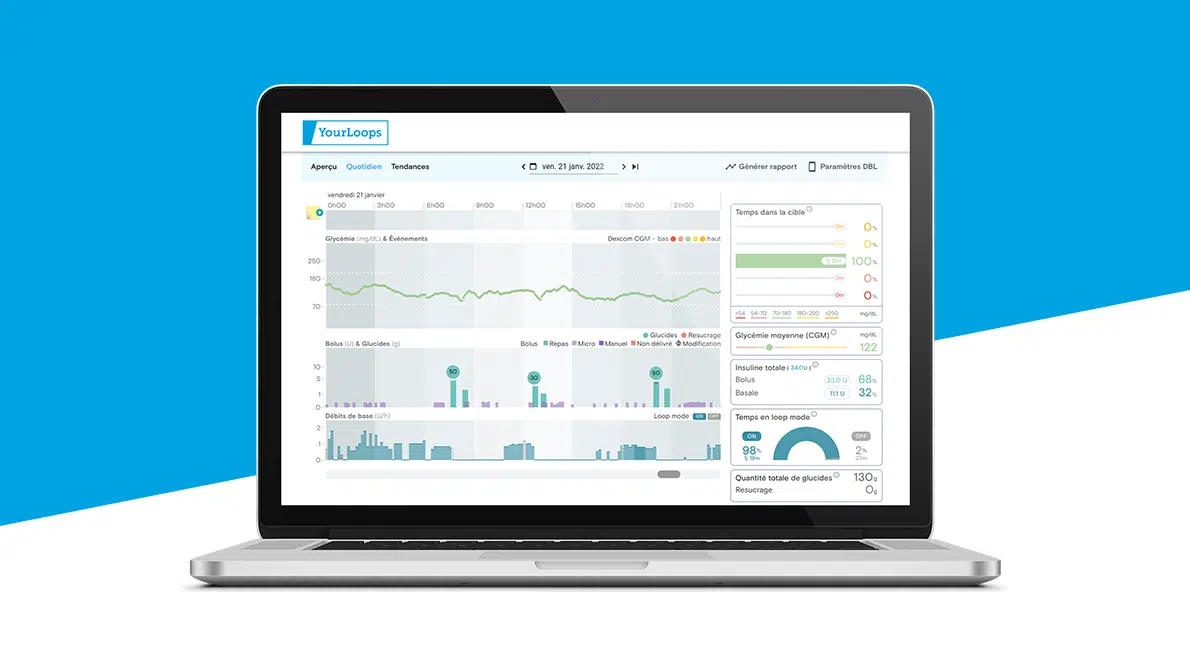
“Hey! What’s diabetes?” or explaining diabetes to children
“Why are you giving yourself a shot?”
“What’s that thing on your arm?”
“Why is your finger bleeding?”
Hands up anyone living with diabetes who has never heard these questions! While adults usually just stare nosily, children will just ask all sorts of questions straight out. The challenge is answering them using the right language.
To explain Type 1 diabetes to non-T1D children, you need to take the time to explain how this chronic disease works and how a person lives with it every day.
Forget about jargon. Here are a few tips on how to talk appropriately to children and educate them.
Hey, what’s Type 1 diabetes?
Diabetes is when something in your tummy (called your pancreas) doesn’t work right. When you eat, you have more sugar in your blood. So that there is not too much sugar, the pancreas sends out insulin to capture the extra sugar in the blood. People with diabetes have a pancreas that’s a little bit “tired” and it has a hard time sending out insulin. So, we need to find a way to get some.
“Do you know the story of the insulin truck that carries sugar around?”
What’s insulin?
Insulin works like a truck that carries sugar around the body. The truck leaves the “garage”, called the pancreas, with a load of sugar in the back. It goes around the blood and drops off sugar to all the organs (your brain, your muscles, etc.) to give them energy and let them work. This is how things work usually.
How come? Does the truck not work sometimes?
Unfortunately, no. For people living with diabetes, the truck doesn’t always work normally.
If the insulin truck is driving around but there’s not enough sugar to deliver, the muscles will feel weak. This is called “hypoglycemia” or low blood sugar. When this happens, you need to eat sugar.
On the other hand, if there’s much too much sugar to carry around, the truck will overflow and your muscles can’t absorb all that sugar. This is called “hyperglycemia” or high blood sugar. People with diabetes then have to add more insulin to their body to capture the excess sugar.
Why is your finger bleeding?
Before calling the truck (insulin) to carry the sugar, you have to know how much sugar it’ll need to carry. To find out, you prick your finger and use what’s called a “test strip” and a blood sugar monitor to find out instantly how much sugar to load into the truck.
What’s that on your arm? And your stomach?
Sometimes, people living with Type 1 diabetes wear these little devices on their skin (either on their arm or stomach). This could be:
- a blood sugar monitor that continuously measures the amount of sugar in the blood. This is how people living with diabetes know when they need to call a truck to carry insulin.
- an insulin pump that provides the right quantity so the truck can carry and deliver the sugar correctly.
Why do you give yourself a shot before eating?
There’s often sugar in the food you eat. In the shot, there’s insulin to carry the sugar. This is like taking the truck out of the garage so it can do its job.
Can I catch Type 1 diabetes?
No, diabetes isn’t contagious. You won’t get diabetes by being near a person living with diabetes. Remember, there are mainly two kinds of diabetes:
- The first is called “Type 1.” This is when the pancreas in your tummy doesn’t work right anymore. And this happens suddenly.
- The second one is called “Type 2” and that’s when the pancreas gets tired gradually. But you can make sure it won’t get tired so quickly by eating healthy and staying active.
Using simple words is one of the best ways to explain diabetes to non-T1D children. If they come up with other questions, keep this in mind and stay educational and informative. Everyone will learn something from talking about it.
Give it a try!






